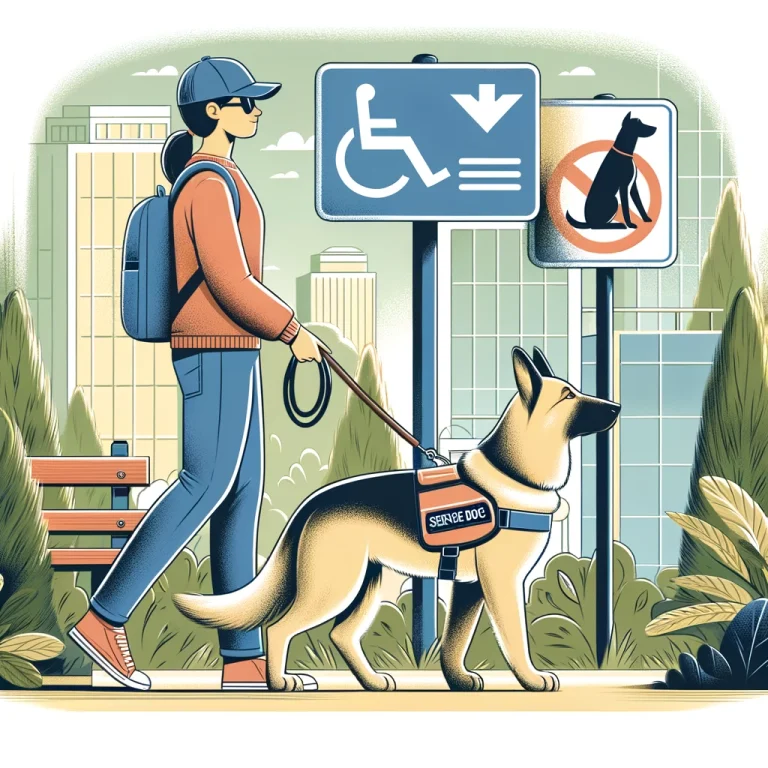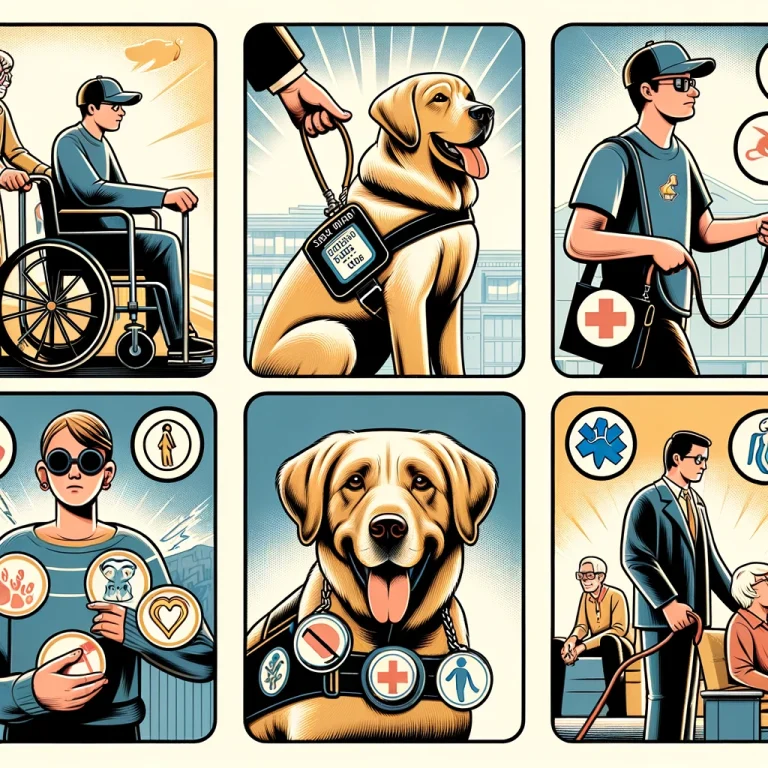Introduction: The Vital Role of Diabetes Service Dogs
Diabetes presents daily challenges that can be overwhelming, from strict diet management to continuous blood sugar monitoring. Diabetes Alert Dogs, or Diabetic Service Dogs, provide crucial support, transforming the lives of individuals with diabetes by offering safety, independence, and peace of mind. This extensive guide delves into the world of these extraordinary canines, exploring their training, benefits, and the profound impact they have on their handlers’ lives.
Understanding Diabetes and Its Impact
The Complexities of Managing Diabetes
Diabetes management requires meticulous attention to blood sugar levels, which involves regular monitoring, timely medication, and lifestyle adjustments. Fluctuations in blood sugar levels can lead to severe complications, making reliable detection and management methods indispensable.
The Supportive Role of Service Dogs
Diabetes Alert Dogs are specifically trained to detect changes in blood sugar levels through scent. These dogs provide an essential safety net, especially for those prone to sudden and severe fluctuations who might not notice the warning signs early enough.
Comprehensive Training of Diabetic Service Dogs
Rigorous Training Programs
Training Diabetes Service Dogs is a specialized process that begins with foundational obedience and socialization. From there, these dogs undergo advanced training to recognize and alert to changes in blood sugar levels specific to their handlers. This advanced training is meticulous and scientifically based, ensuring the dogs respond accurately and reliably.
Training for Specific Tasks
Diabetes Alert Dogs are taught to detect subtle scent changes associated with hypoglycemia or hyperglycemia. Once they identify these changes, they perform specific alert behaviors to notify their handler immediately. Common alerts include pawing, barking, or bringing a diabetes kit to their handler. Beyond alerting, some dogs are also trained to perform safety behaviors such as pressing an emergency response button or fetching medication.
Self-Training Options
For individuals who prefer a more hands-on approach or who wish to mitigate some of the costs associated with professional training programs, self-training is a viable option. Platforms like ServiceDogOwners.com provide resources, community support, and step-by-step guides to help individuals train their Diabetes Alert Dogs at home. This approach not only reduces costs but also enhances the bond between the handler and the dog, as they work closely and consistently through the training process.
By incorporating both traditional training methods and self-training options, handlers can choose the path that best suits their individual needs and circumstances. This flexibility allows more people to benefit from the life-saving assistance that Diabetes Service Dogs can provide.
Legal Protections and Accessibility for Service Dogs
ADA Compliance
Diabetes Service Dogs are covered under the Americans with Disabilities Act (ADA), ensuring they can accompany their handlers in all public spaces without restrictions. This access is crucial for those who depend on their dogs for immediate alerts throughout the day.
Importance of Public Understanding
Public education about the function and rights of Diabetes Alert Dogs is vital. It ensures that these dogs are welcomed and allowed to perform their duties without interference, which is essential for the well-being of their handlers.
Integrating a Service Dog into Everyday Life
Lifestyle Adaptations
Incorporating a service dog into one’s daily routine means adjusting to the presence of a vigilant guardian. Handlers need to ensure their dogs are not only well-trained but also well-cared for, maintaining their health and alertness.
Necessity for High-Quality Service Dog Products
Utilizing appropriate service dog products, such as harnesses, ID tags, and vests, is essential. These products help in clearly identifying the dog as a service animal, which helps in public situations and also ensures the dog is comfortable while performing its duties.
Managing Costs with Pet Insurance
Owning a service dog involves various expenses, including health care, grooming, and food. Investing in comprehensive pet insurance can mitigate the costs associated with unexpected health issues, ensuring the dog can continue providing support without causing financial strain.
Online Platforms and Social Groups
Leveraging Online Resources
For those new to the concept of Diabetic Service Dogs, online platforms can be invaluable. These resources provide essential information, training tips, and community support. Websites like ServicePupSolutions.com offer detailed insights into living with and training Diabetes Service Dogs.
Community Support Through Social Media
Join our Facebook group, Financial Freedom For Service Dog Owners, to connect with a supportive community that understands the unique challenges and joys of living with a service dog. This group offers a platform for sharing experiences, advice, and support, enriching the service dog journey for new and experienced handlers alike.
Conclusion: Embracing Life with a Diabetes Service Dog
Living with diabetes can be daunting, but with the support of a Diabetes Alert Dog, it becomes much more manageable. These dogs do more than just assist; they enhance the quality of life, providing safety, companionship, and a new level of independence. Their advanced training, combined with your proactive management and the support of a community like Financial Freedom For Service Dog Owners, ensures both you and your service dog can lead a fulfilling and active life. For further information on how to start your journey with a Diabetes Alert Dog, visit ServicePupSolutions.com.
Searching for a way to boost your income while keeping your service dog by your side? Click here to start your side hustle and increase your earnings alongside your loyal companion.






